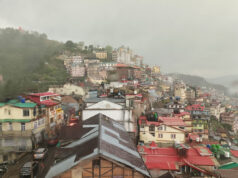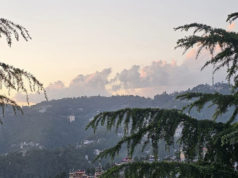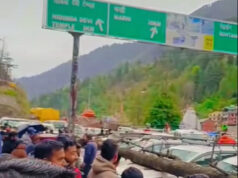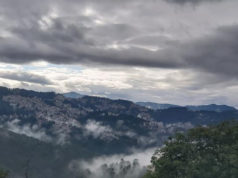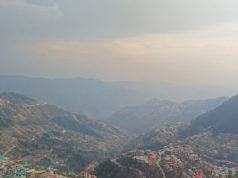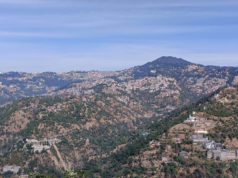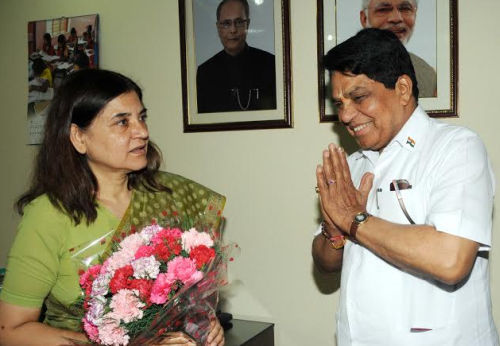Unprecedented Absence of Western Disturbances: North Pole’s Unusual Low Wind Dominance Disrupts Traditional Weather Patterns
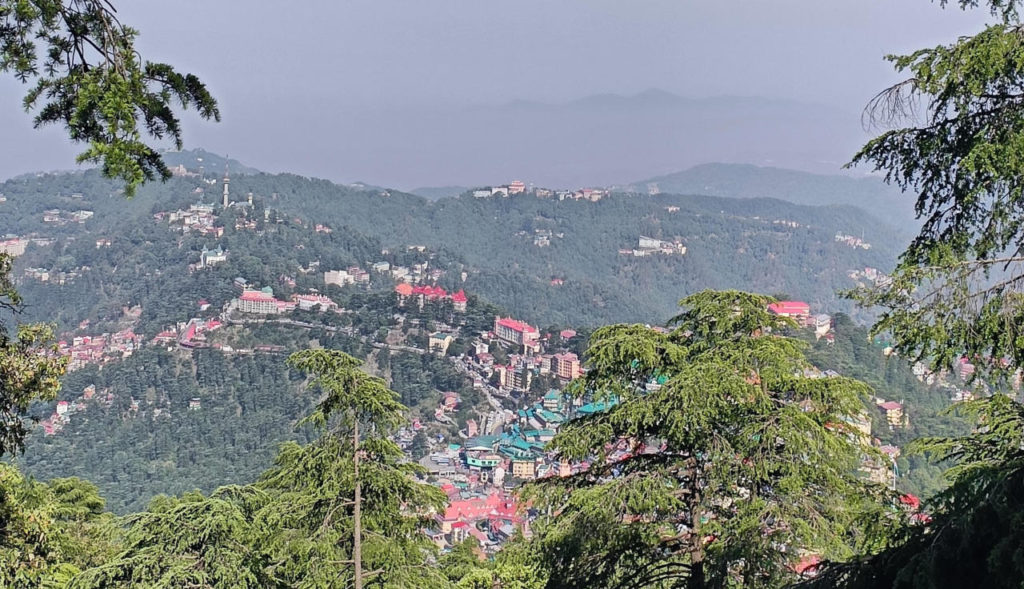
Himachal Pradesh is currently in the grip of an unprecedented meteorological event, experiencing the driest January in the past two decades, according to the latest report from the local Meteorological Office. The first eight days of January 2024 have seen a 100% deficiency in rainfall, marking a stark contrast to the region’s typical winter weather.
Surinder Paul, Director of the Shimla Meteorological Office, highlighted the significance of this weather anomaly, stating, “With no rains in January 2024, the state has witnessed the driest January in the past two decades.” This dry spell draws comparisons to the exceptional conditions observed in 2007 when the rain deficit during the same period was 99%.
Attributing the current climatic phenomenon to a global weather pattern, Surendra Paul, Director of the Meteorological Center in Shimla, explained that the absence of active western disturbances in January is a major contributing factor. The conventional weather conditions required for snowfall involve a collision between cold air from the North Pole and hot air from the Mediterranean region. However, this year, an unusually low wind in the North Pole dominates, leading to a suppressed area of low pressure and disrupting the usual weather patterns. Consequently, temperatures in the Pacific Ocean are recording higher than normal levels.
The state is grappling with biting cold wave conditions, and dense fog has disrupted normal life in the plains and lower hills. The post-monsoon season from October 1 to December 31 witnessed a 45% deficit in rains, with an 83% deficit in December 2023. The rain deficit has now reached an alarming 100% till January 8, 2024.
The Meteorological Office has issued a cautionary advisory regarding dense fog in six districts, expressing concerns about potential impacts on agriculture, including cold injury and stunted plant growth.
Despite the prevailing dry spell, the Met Office remains vigilant, predicting light rain at isolated places in the lower and mid hills, with light rain or snow expected at isolated places on January 9. Additionally, dense fog is anticipated in the plains and foothills.
In the high-altitude tribal areas and mountain passes, arctic conditions prevail, with temperatures plummeting 12 to 18 degrees below freezing point. Natural water sources, including springs, lakes, and rivers, have frozen, significantly affecting water discharge.
Minimum temperatures have hovered around freezing point in most places, with Kusumseri recording the coldest temperature at minus 8.3 degrees Celsius. Meanwhile, maximum temperatures have remained close to normal, with Kangra being the hottest at 20.9 degrees Celsius.
As Himachal Pradesh navigates through this extraordinary weather event, authorities are closely monitoring the situation and providing necessary alerts to the public. The historic dry spell serves as a reminder of the intricate interplay of global weather patterns and the resilience required to adapt to such climatic challenges.


